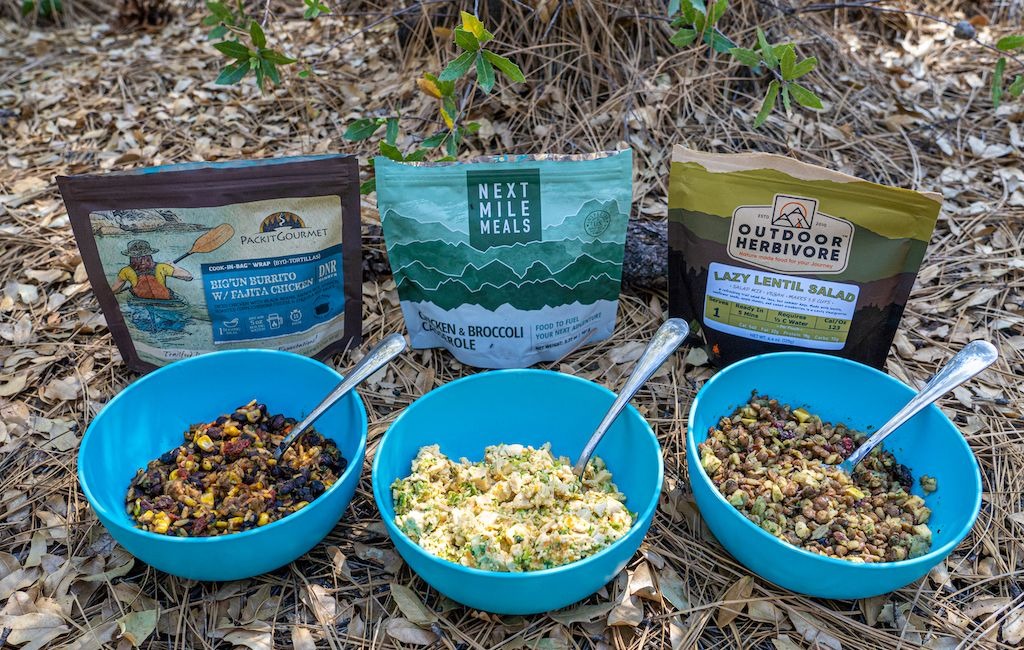Introduction to Freeze Drying
Freeze drying, or lyophilization, is a preservation method that involves freezing food and then reducing the surrounding pressure to allow the frozen water in the food to sublimate directly from the solid phase to the gas phase. This advanced technology was initially developed for pharmaceuticals and military rations but has recently made significant strides in the consumer grocery market. Freeze drying preserves the nutritional value, flavor, and texture of food much better than traditional dehydration or canning. With an increasing demand for long-lasting and nutrient-rich food options, freeze-dried groceries have become a staple in many households.
The Process of Freeze Drying
The freeze-drying process consists of three main stages: freezing, primary drying (sublimation), and secondary drying (desorption). In the freezing stage, the food is rapidly frozen to preserve its cell structure. During primary drying, the pressure is lowered, and heat is applied to allow the ice to change directly into vapor without passing through the liquid phase. This step removes most of the water content. Finally, secondary drying eliminates any residual moisture to ensure the food remains shelf-stable for extended periods. This intricate process ensures that the food retains its original shape, color, and nutritional content, making it an ideal choice for long-term storage and emergency preparedness.
Nutritional Benefits of Freeze Dried Groceries
One of the most significant advantages of freeze-dried groceries is their ability to retain almost all of the original food’s nutritional value. Unlike traditional drying methods that can degrade vitamins and minerals due to high heat, freeze drying preserves these nutrients by operating at low temperatures. Vitamins like A, C, and E, which are sensitive to heat, remain intact, providing consumers with a healthful option that is both convenient and long-lasting. Additionally, the texture and flavor are preserved, making freeze-dried fruits, vegetables, and meats taste almost as fresh as their original state. This makes freeze-dried foods an excellent choice for maintaining a balanced diet, especially in situations where fresh produce is not readily available.
Convenience and Versatility in the Kitchen
Freeze dried groceries offer unparalleled convenience and versatility for modern kitchens. They require no refrigeration, which is a significant advantage for campers, hikers, and anyone looking to minimize their kitchen space. Rehydrating freeze-dried food is simple; it typically involves adding water and waiting a few minutes. This ease of use makes them ideal for quick meals, snacks, or emergency food supplies. Additionally, freeze-dried foods can be used in a variety of culinary applications. For instance, freeze-dried fruits can be added directly to cereals, baked goods, or smoothies, while freeze-dried vegetables can be rehydrated and used in soups, stews, and stir-fries. The extended shelf life of these products also means less food waste, as they can be stored for months or even years without spoiling.
Environmental Impact and Sustainability
From an environmental perspective, freeze-dried groceries offer several sustainability benefits. The process of freeze drying significantly reduces the weight and volume of food, leading to lower transportation and storage costs. This reduction in logistical needs translates to a smaller carbon footprint compared to fresh or canned foods. Furthermore, the extended shelf life of freeze-dried products helps reduce food waste, a critical issue in global food security and environmental sustainability. Freeze drying also opens the door for utilizing surplus produce that might otherwise go to waste, thus contributing to more efficient food production systems. As consumers become more environmentally conscious, the demand for sustainable food preservation methods like freeze drying is likely to grow, making it a vital component of future food supply chains.
Conclusion: The Future of Freeze Dried Groceries
Freeze-dried groceries represent a remarkable innovation in food preservation, combining convenience, nutrition, and sustainability. The ability to maintain the original quality of food while extending its shelf life makes freeze-dried products an invaluable resource for modern consumers. Whether for everyday use, emergency preparedness, or outdoor adventures, the benefits of freeze-dried groceries are clear. As technology continues to advance and consumer awareness grows, the freeze-dried food market is poised for significant expansion. Embracing freeze-dried groceries can lead to more efficient, sustainable, and health-conscious food consumption, addressing some of the most pressing challenges in today’s food landscape.




